Project
now browsing by category
Long mechanical stop finally resolved…
It has been more than two years since I published anything here: VivaLaVida was at a standstill awaiting a solution to a mechanical issue hampering the hot start. It was only at the end of last year that I was able to organize myself to carry out this work.
1. Installation in the garage of my good friend Benji.

The problem arises from the high pressure hydraulic circuit that controls fuel injection. An o-ring seal deteriorates with vibration. This is a weakness of this engine as almost all present this problem between 200 and 300,000 miles. However, to replace it, the engine must be removed and that needs 40 hours according to the technical documentation.
2. Start of disassembly: you have to dismantle the entire front…
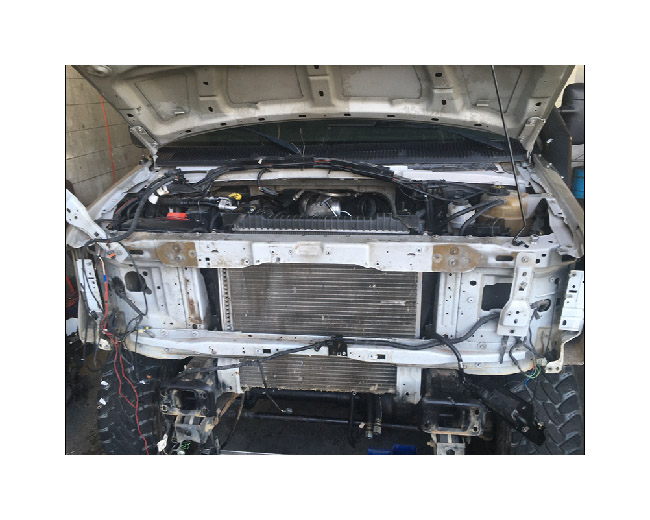
3. …because the engine is “buried” under the dashboard.
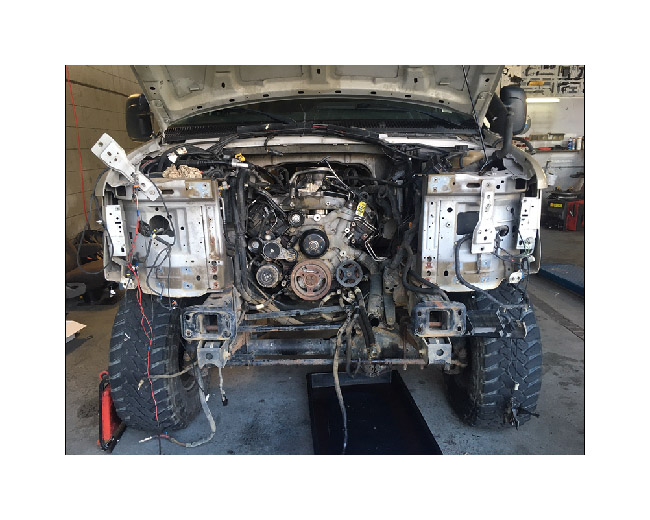
4. After 4 days of work, I can finally lift the engine with the crane.

5. And here is the guilty part.
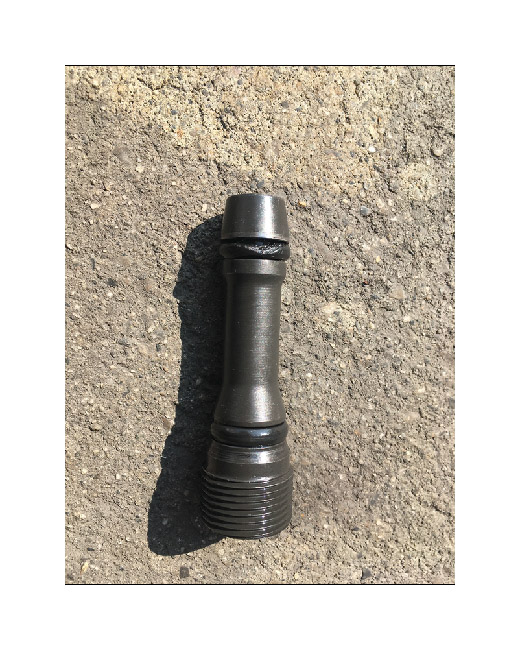
6. I take advantage of the engine being out to install reinforced cylinder head studs, removing another potential engine weakness.

7. Reassembly of cylinder heads and timing.
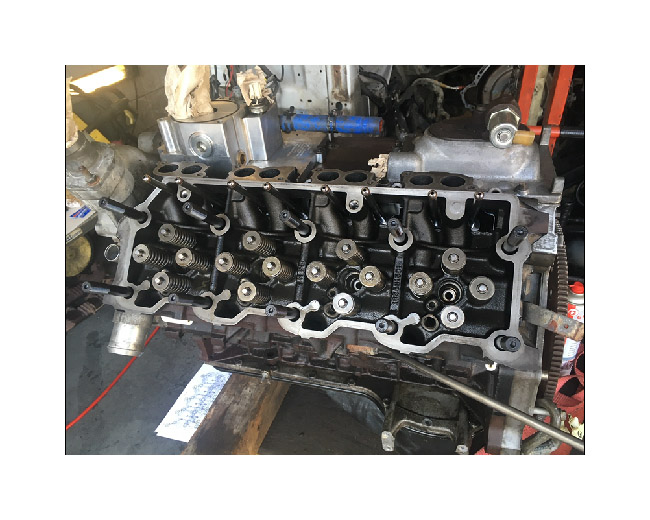
8. After 6 days of work, the engine is ready to return to the vehicle.
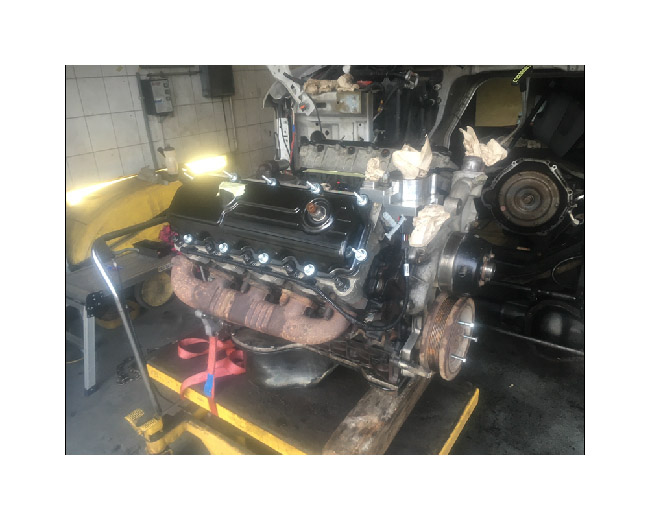
9. You need a shoehorn to get it back in!

10. After 3 more days of work, it’s almost over.

These two weeks were followed, a few months later, by a frame treatment to stop the rust which was starting to redden the underside of VLV. Thus, it’s in great shape that VivaLaVida took to the road again last July to discover some places of the Italian Alps and the Spanish Pyrenees.
I will tell about that very soon. 😉
Faroes (III)
Let’s continue the journeye…
1. Arriving in Tjornuvik, another isolated village known for its black sand beach, one of the very few beaches of the Faroes. The place is famous for surfing because the bay opens on the North Atlantic and have big waves when it’s windy.
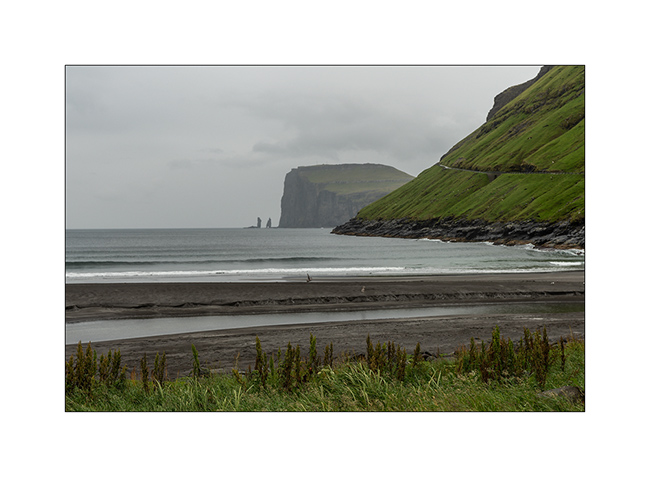
2. The village is nestled at the bottom of the bay.
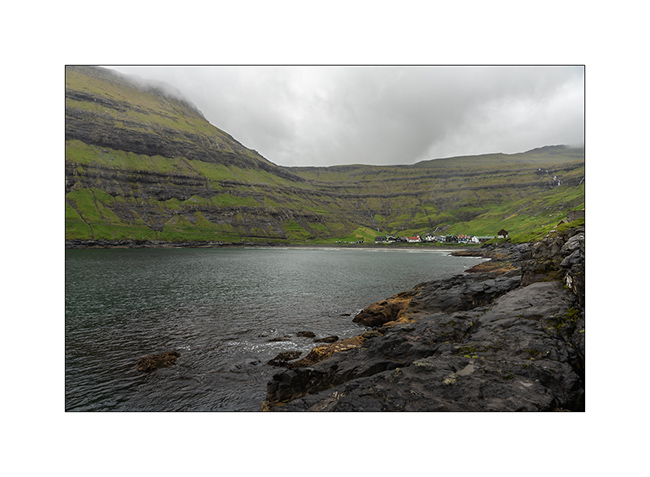
3. Overview as the rain doubles.
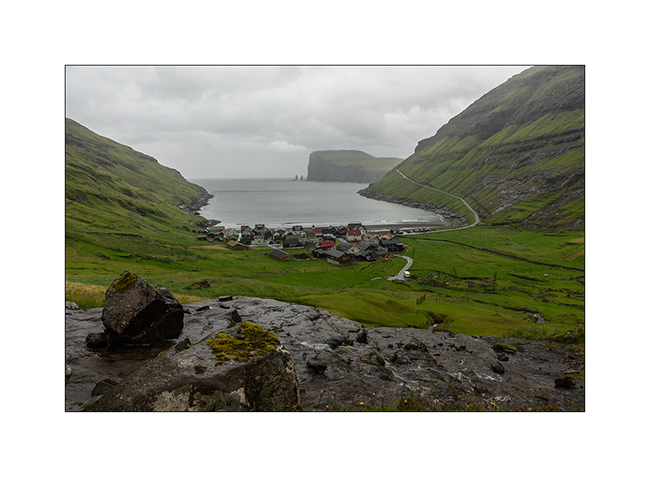
4. Here’s something I hadn’t seen before: a method to dry the hay that will feed the sheeps during the winter. As it rains all the time, it is arranged in walls. The constant wind prevents the grass from rotting and allows it to dry.
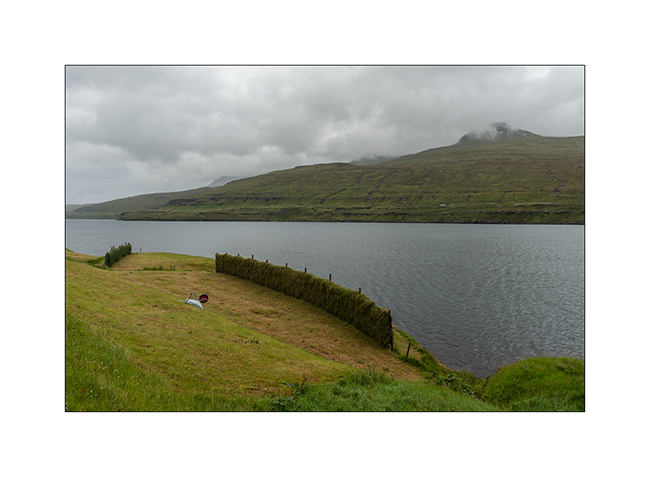
5. Rest zone!
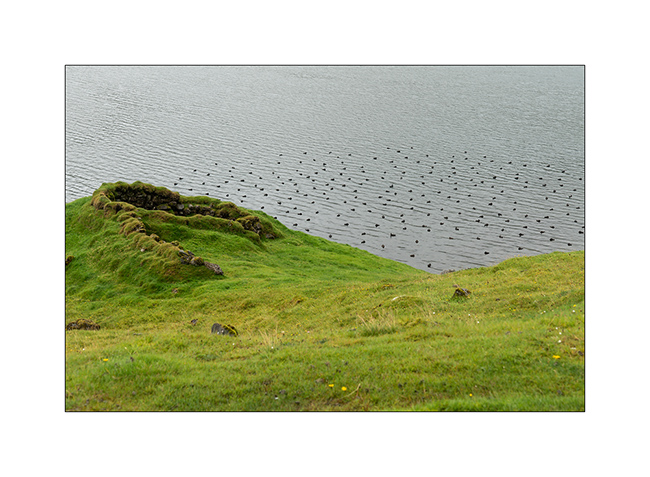
6. Little pass on the way to Gjógv.
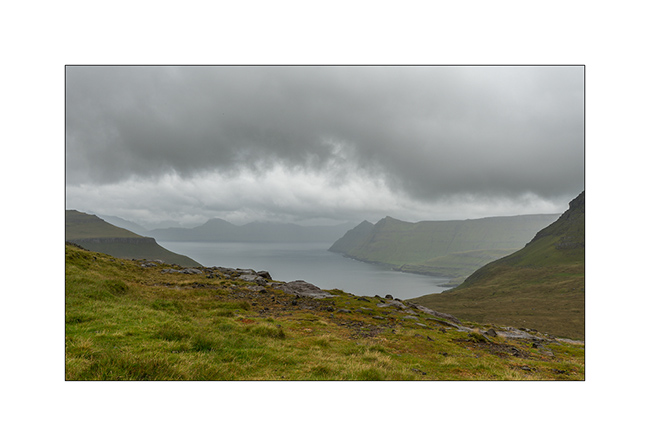
7. Arriving at the village, still in the rain.

8. It has a privileged natural shelter.
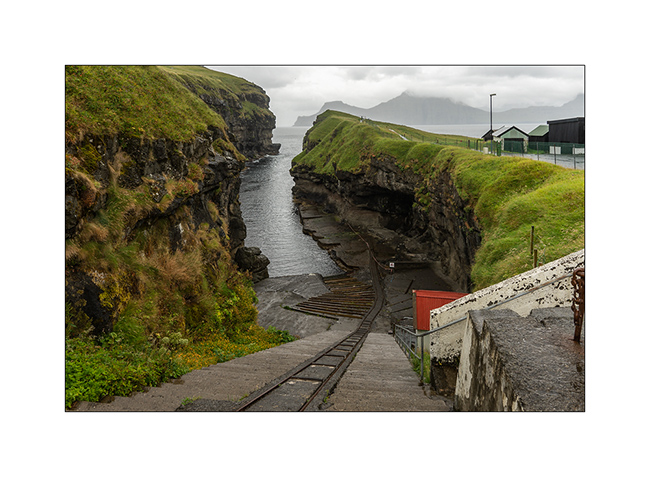
9. Traditional houses…

10. …
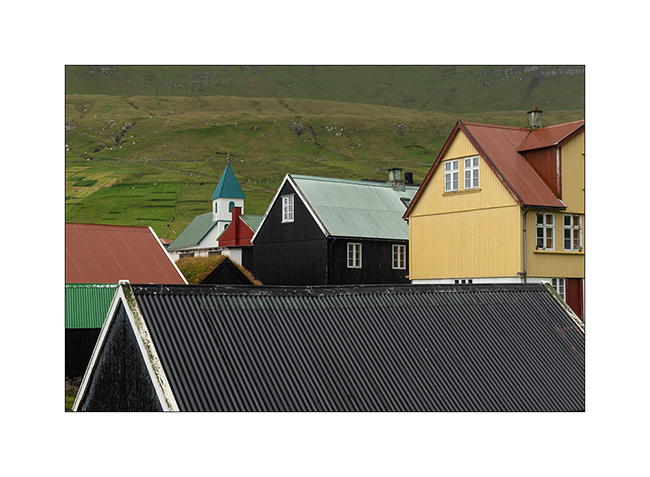
11. Last seen before leaving…
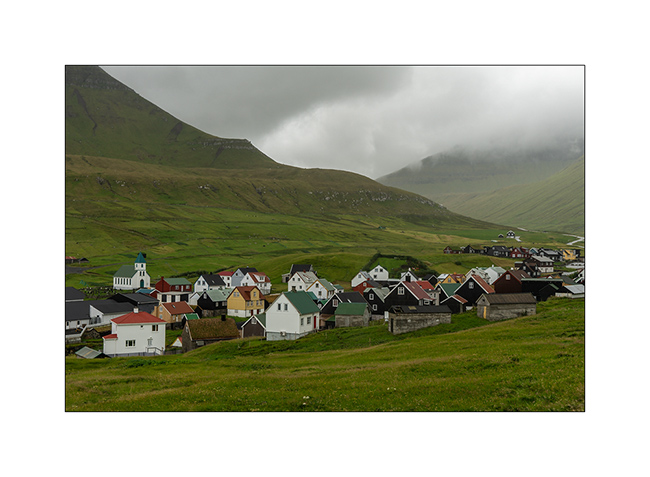
Because three days pass quickly, the next article will introduce you to the old city of Tórshavn, the capital, and the ferry crossing.
See you soon here 😀
Preparations
I had announced a future destination for VivaLaVida in the last article, it is time to unveil it: VLV will soon take the ferry to the Faroe Islands and Iceland!
It has been a long time since I wanted to go back there but it wasn’t planned for this year. The explosion of mass tourism in Iceland led Icelanders to legislate to preserve the fragile nature of their island. Wild camping is already banned on the South coast since 2016 and it seems that it would be soon extended to the entire country. We decided to go there before the regulations would interfere too much with VLV’s preferred way of travel.
Some of you know that Iceland really nmany more or less deep fords, the meltwater of the glaciers having no choice but to flow on the volcanic soil without humus on most of the island. It has been a long time since I wanted to equip VLV with a cyclonic pre-filter and it was an opportunity to create a snorkel to increase the fording capacity, nothing being available for the Ford E350 base.
The project was important because the vehicle isn’t designed to receive such an equipment. I first had to modify the filter air box by blocking the original air intake located behind the headlight, replacing it with a lateral opening in the driver’s side engine bay wall. Then, I had to design a part located in the room between the fender and the wall, going from the front end to the base of the windshield. There, an opening in the fender allows a pipe of diameter 110 mm to follow the windshield pillar to the pre-filter. All the parts were made of polyethylene, a solid material that welds rather well.
After nearly four weeks of work finishing each evening between 11 and 12, VivaLaVida’s snorkel is now up and running! Here are some pictures to show the main stages of the project.
1. The modified airbox.
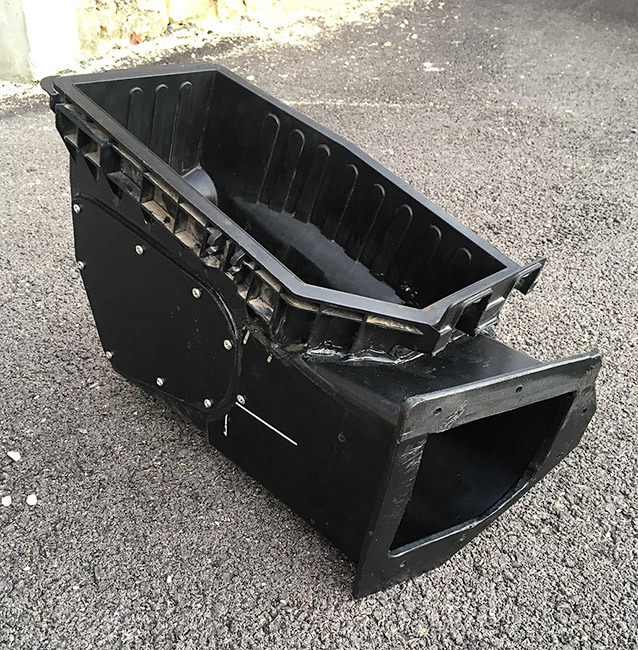
2. The flange joining the engine bay wall.
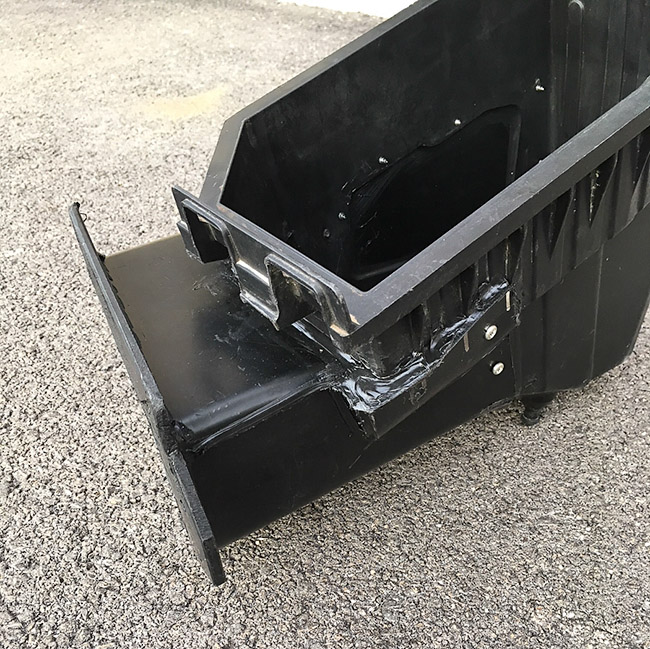
3. Opening in the wall.
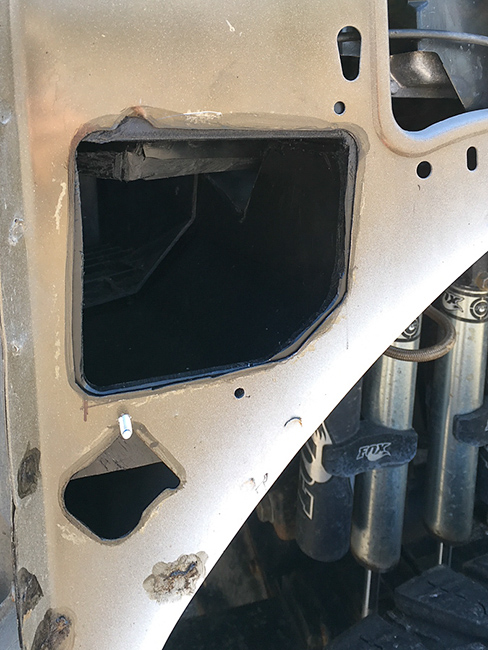
4. Intermediate part in preparation.
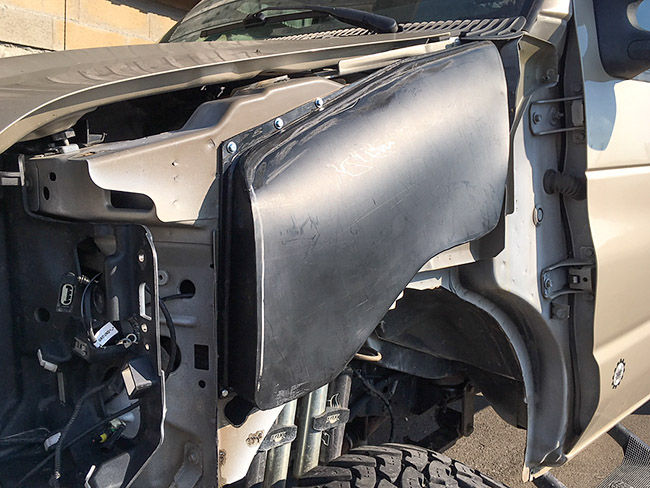
5. Ready to install with fender opening and body staples.
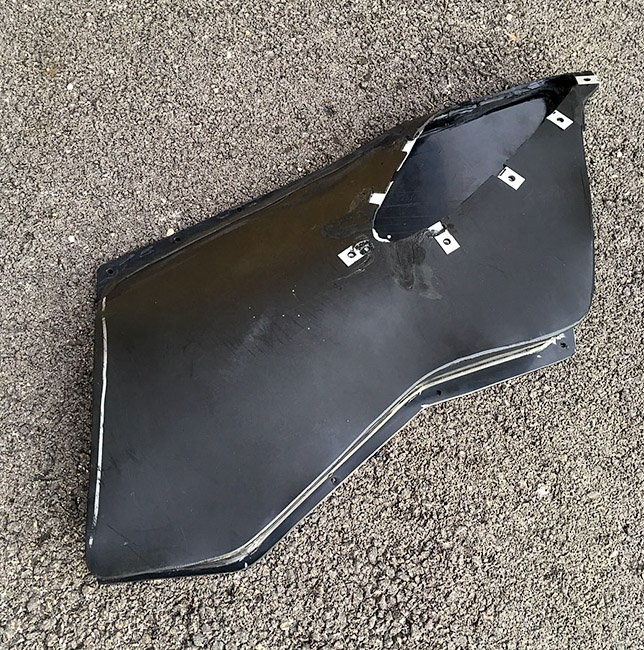
6. The pipe coming out of the fender and rising above the windshield.
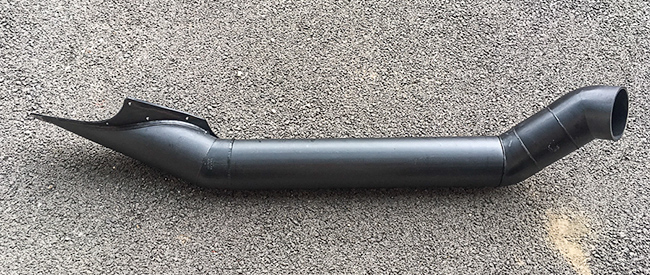
7. Final install on the fender.
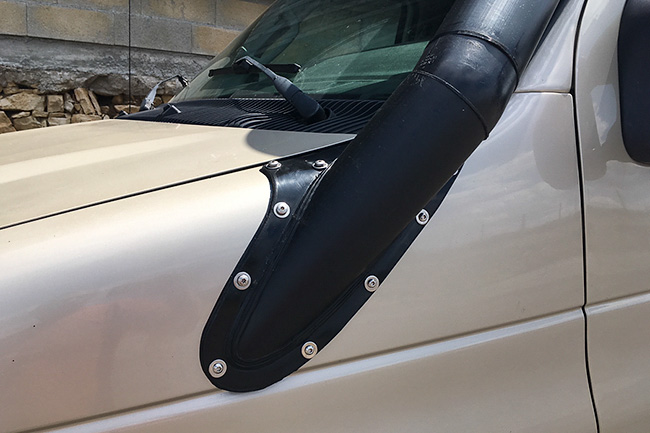
8-10. The finished snorkel.
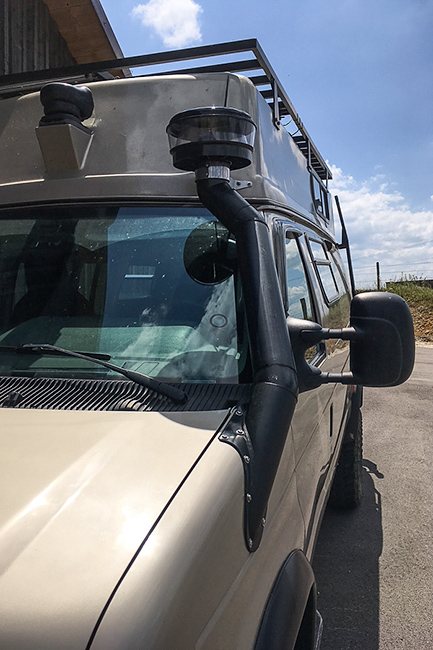
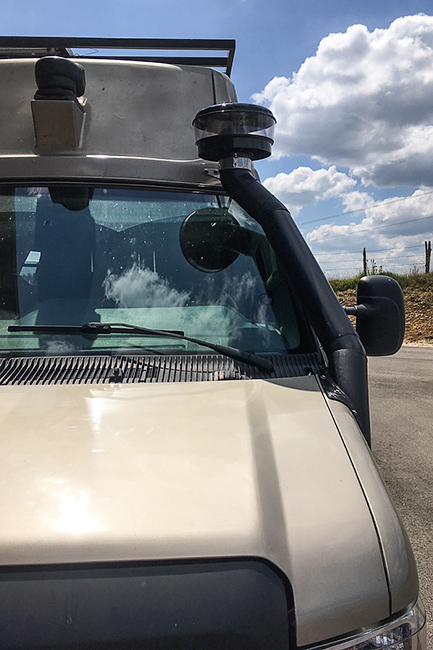
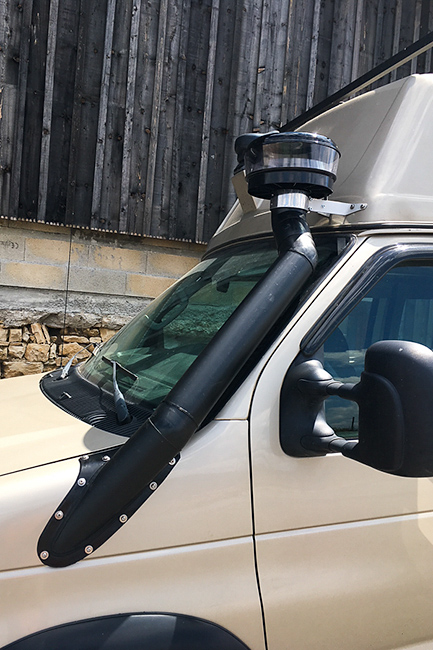
I also did other work on VLV: replacement of start and leisure batteries. For those, previously grouping 3 AGM batteries of 105 Ah each, I opted for two Lithium batteries of 90 Ah, equivalent to approx. 400 Ah AGM. It is a big investment but the reliability and the additional energy capacity associated with a much higher lifetime than lead batteries makes it possible to make profitable over a few years. I also had the heater checked to minimize the risk of breakdown and it turned out to be the time to do it; the burner was quite corroded. Finally, I had to quench all the air-vents from axles, transmission, etc. by raising them above the level of the doors in anticipation of deep fords, thus avoiding water to enter. And everything is not finished even if I start to see the end.
Departure to Denmark is set for August 15th and VivaLaVida should land in the Faroe Islands on the 19th. I will give you news around August 25th when I will pick up my family in Reykjavík for three weeks to discover together this wonderful Iceland…
So next to come soon! 😉
Little problem now corrected
Sorry, a little bug has upset the layout of the last article. It is now corrected. Thank you for your understanding.
Valaisan getaway (continuation)
After the Sanetsch Pass, I wanted to show Isabelle the Aletsch Glacier, the largest of the Alps. So we went to the Upper Valais.
1. Boondocking down the Furggen pass.
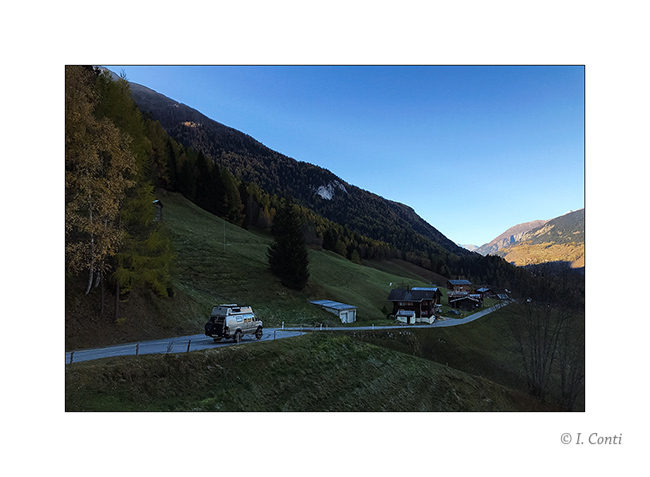
But in this season, the Eggishorn cable car was already closed. We thus went to visit Brig City before going further…
2. Brig castle.
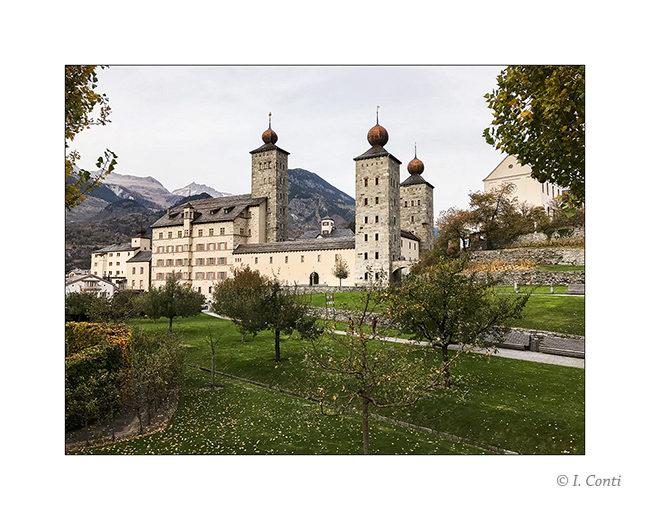
3. Walls…
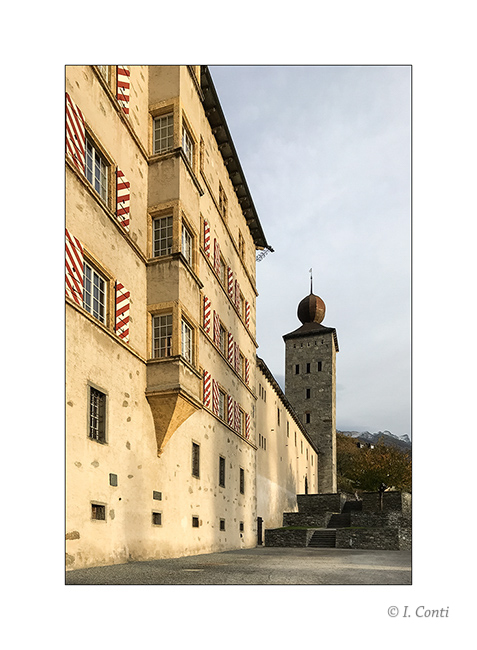
4. Bridge…
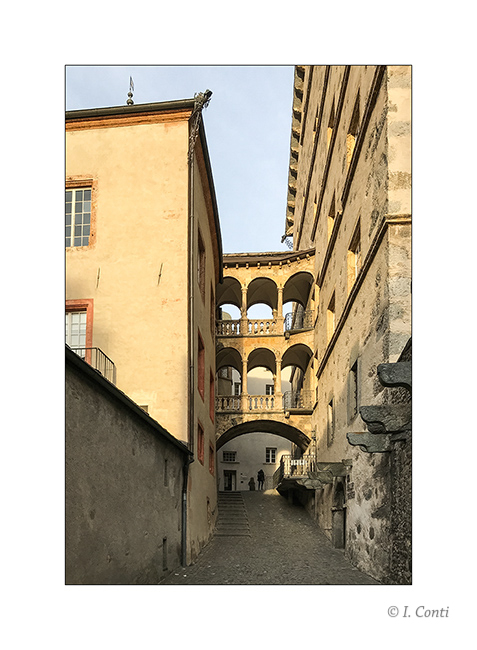
5. In the old town.
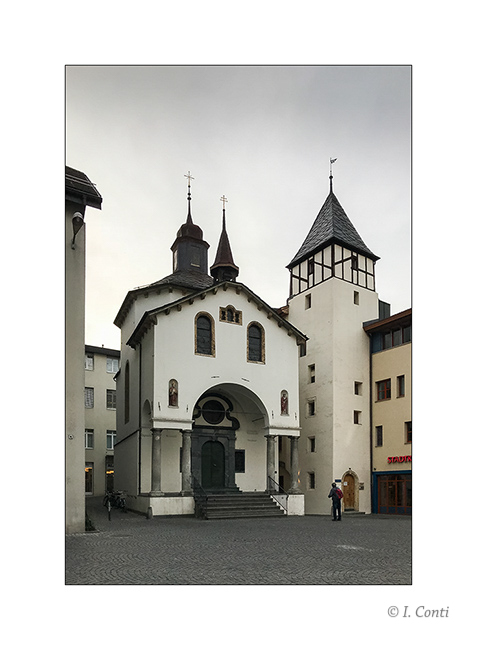
6. Emile still loves VivaLaVida!
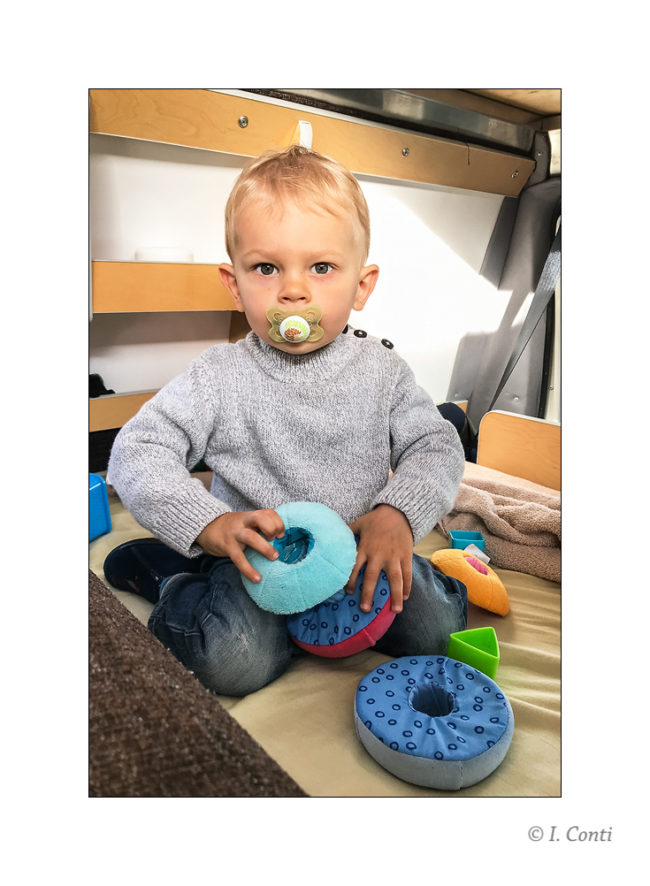
7. We then drove to the Anniviers Valley.
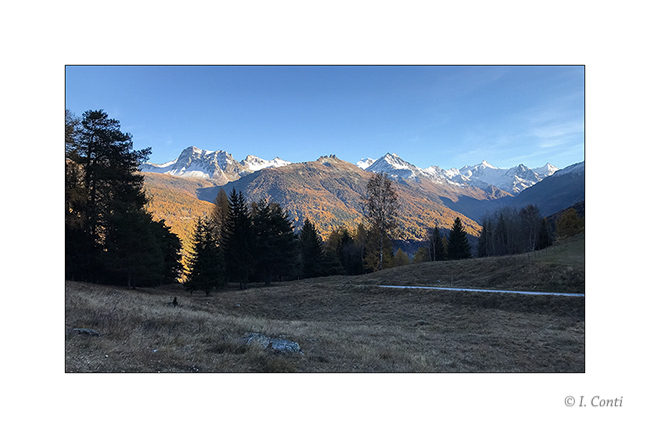
8. Over the Rhone Valley…
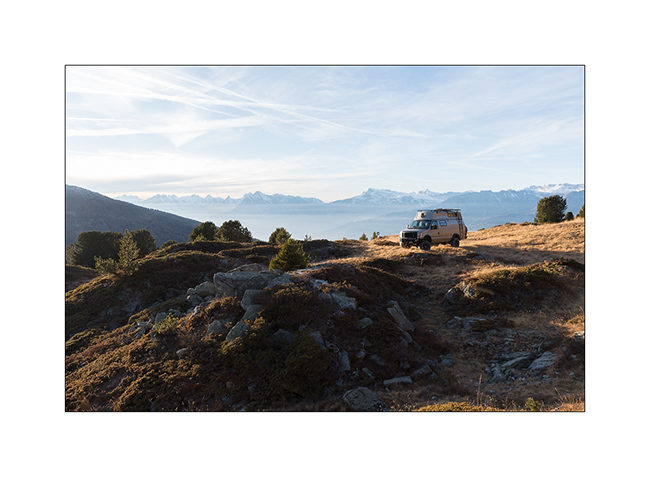
9. … and the Rechy Cove.
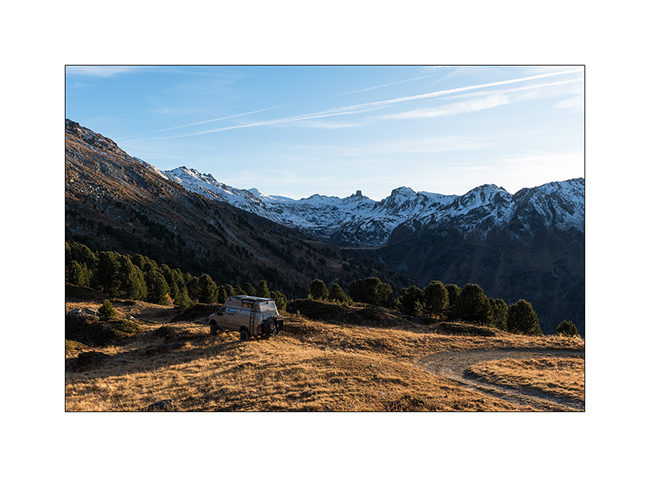
10. Quite sunset…
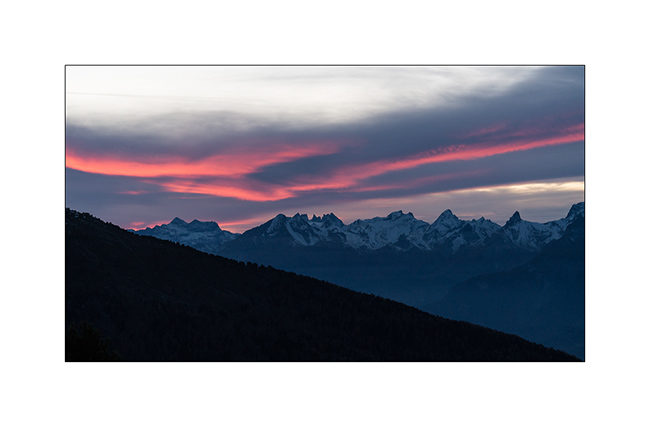
The end of ou long weekend still to come soon… 😉
Merry Christmas!
To all of you who follow this little blog, I wish the best Christmas! Thank you for your loyalty thanks to which this blog continues to exist.
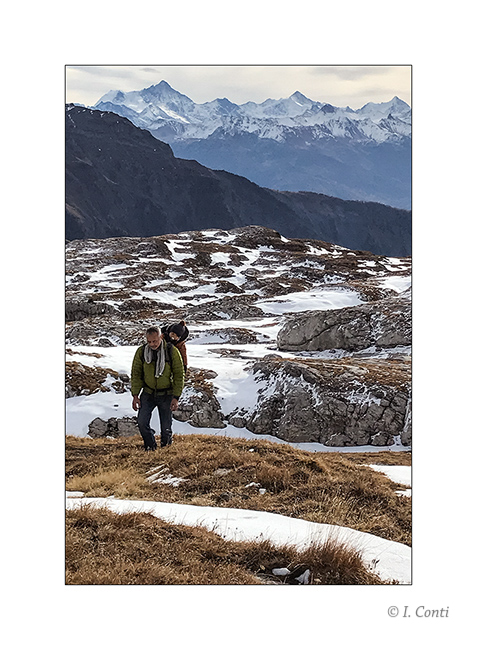
The next article is coming soon… 😉
Claude-Alain
Swiss Alps.
A short overnight getaway to the Pass of Jaman, with a magnificent view.
1. Sunset over Geneva Lake.
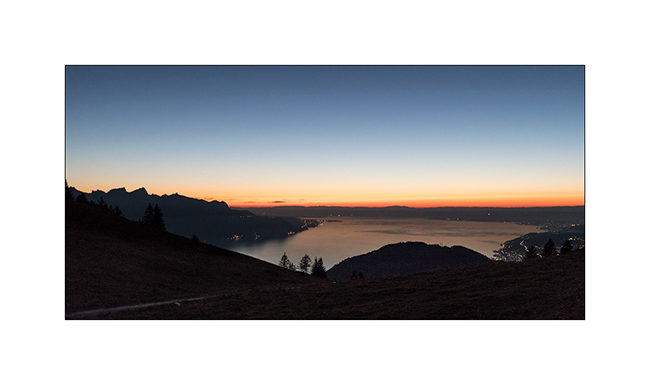
2. Chilly awakening for VivaLaVida.
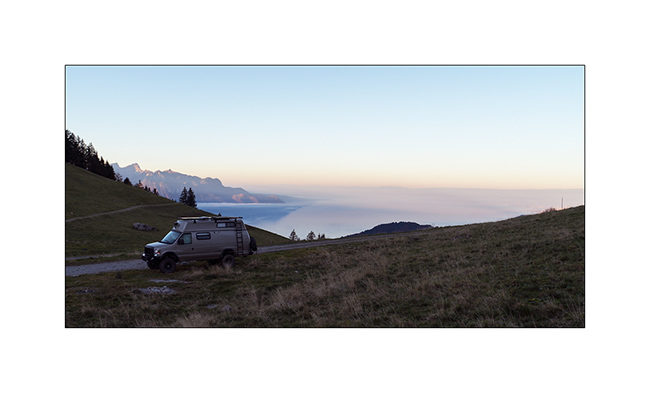
3. Intyamon side view.
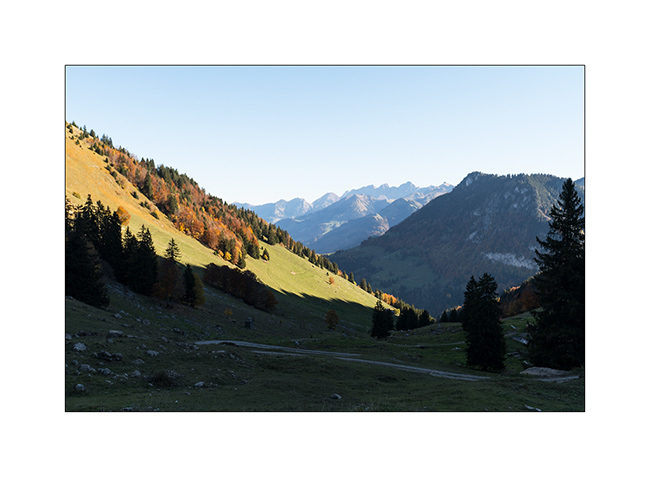
4. Descent on alpine paths…
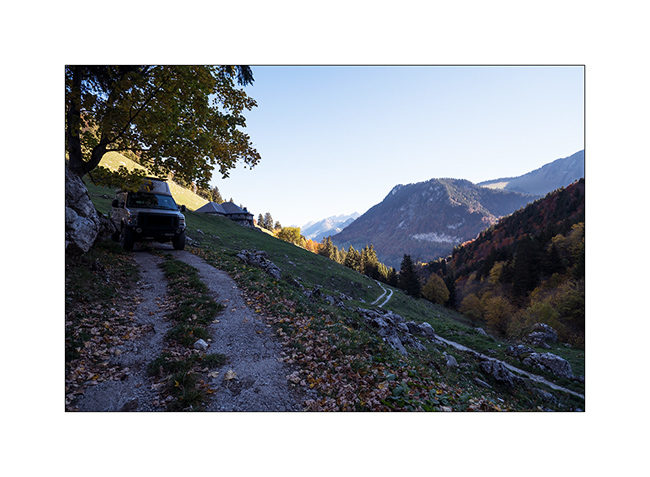
That’s all for today. But there is another week-end gateway coming soon…
Stay tuned 😉
On board family life…
Time to show you some picture of family life in VivalaVida. 😀
1. Hi there ! I’m Emile and I love traveling in VLV!

2. Dad installed me a super comfortable seat in which I am like a king in his throne!
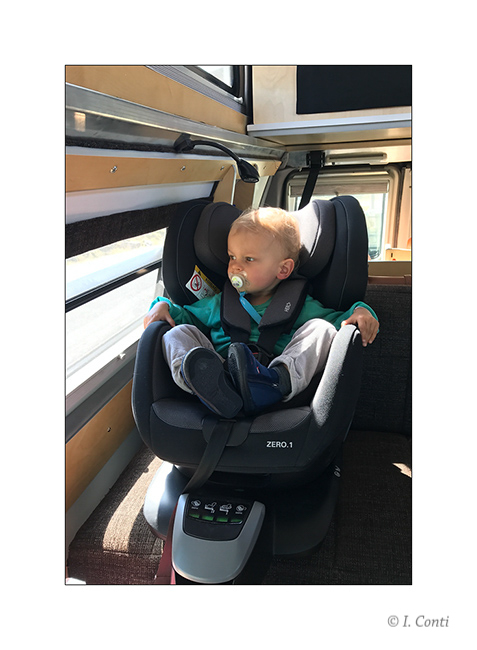
3. My playground is the platform bed of Mom and Dad.
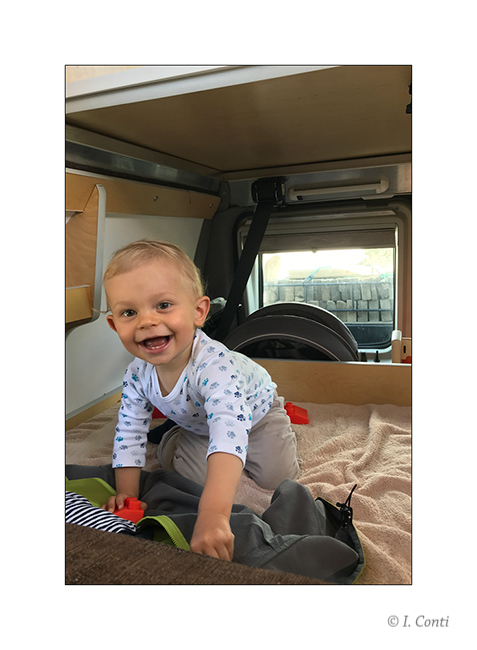
4. During the day, I gladly take a short nap in my seat.
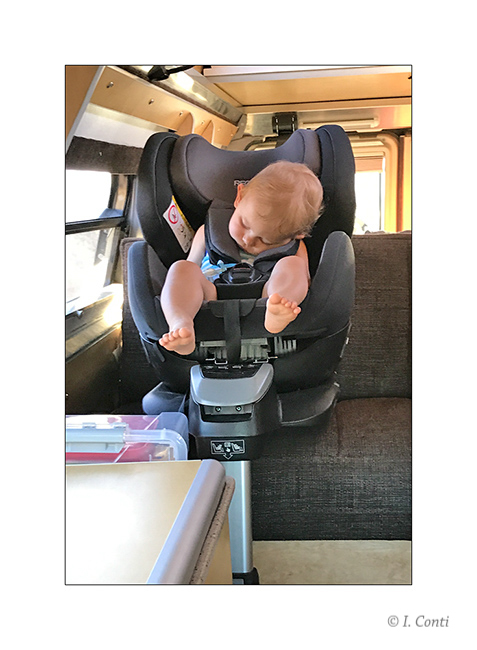
5. And there, it’s my bunk for the night.
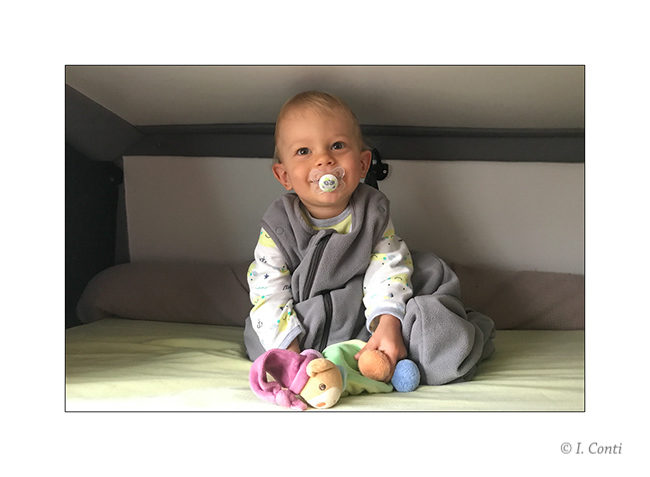
6. When the road is a bit long, I do not need much to take care of.
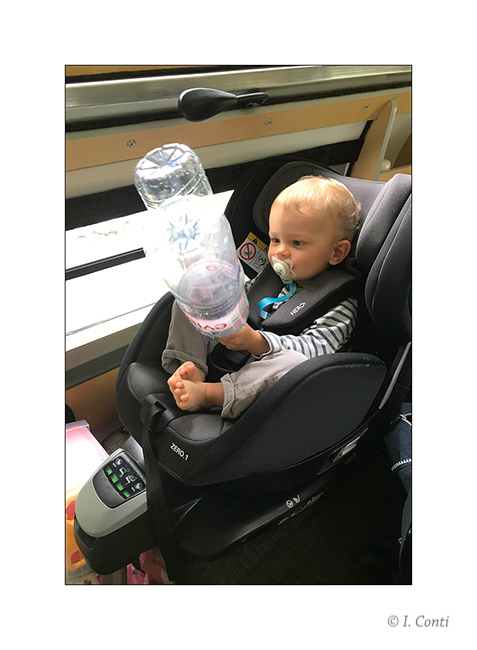
7. And Mom is never far away.
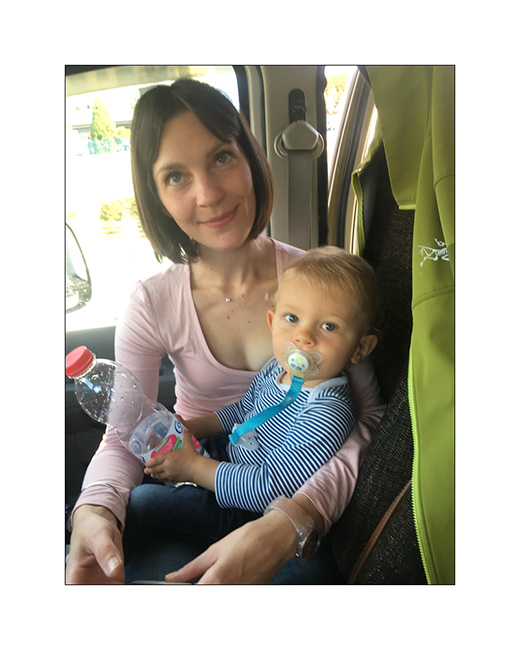
8. I also love walks on Dad’s back…
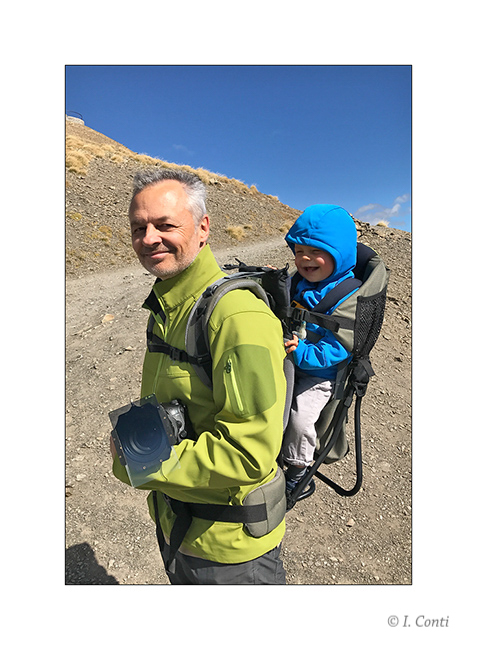
9. … before returning and playing for a moment…
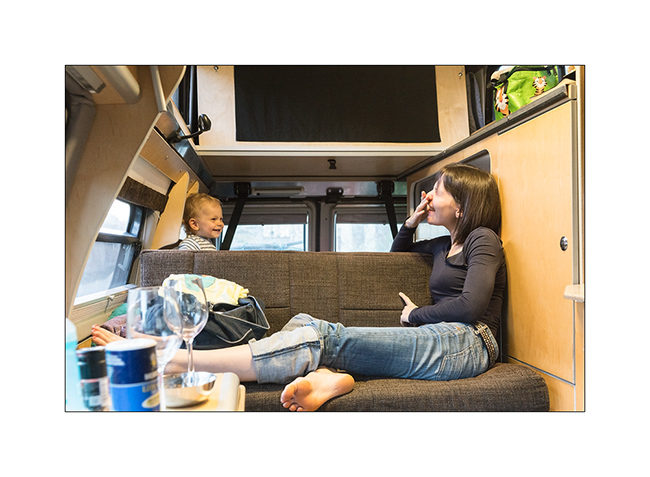
10. … with Mom.
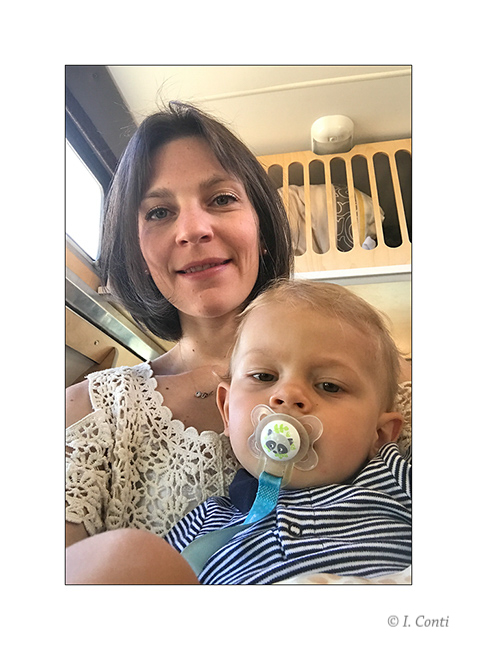
10. Family selfie !
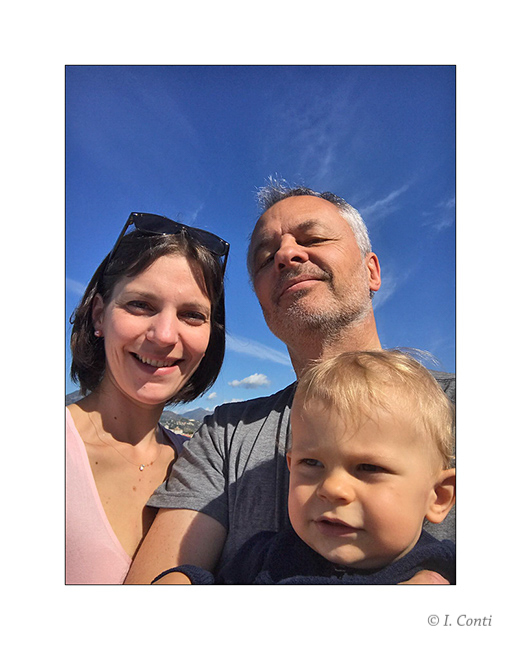
See you soon for continuation of the report !
Swiss registration and first trip in Europe…
It’s been almost a year that I left you with VivaLaVida on the port of Baltimore, bound for Antwerp.
Achieving registration will have been longer and more complicated than expected. It was first of all Swiss customs that caused problems. To register VLV, it was necessary to obtain an X-homologation in order not to have to comply with a homologation which obviously doesn’t exist for this vehicle. The only way to obtain it is to import the vehicle with a special status of “moving effects”. Having left my papers in Switzerland during my trip to the North American continent, I had to prove that I stayed abroad for more than a year without returning to Switzerland. Even if there is nowhere indicated that the proofs of this stay must be official, that is what the customs asked me. They refused all the items I displayed – blog, stamps of my passport, credit card statements, airline tickets, etc. – testifying of my continued absence from July 2013 to March 2015. I therefore requested my municipality of residence for a certificate but, since I haven’t announced my departure in 2013, it couldn’t enter the matter. The only alternative was to make an official request to the US Border Security and Custom Office. I finally got it after more than 3 months and VLV was allowed to cross the border, getting the 18.44 and 13.20 forms with X-homologation.
Second step, the technical inspection. With the help of Andrew and Offroad Accessoires in Carouge, the vehicle was presented to the inspection a first time in May, with a negative result. Several points were to be modified, including the rear underrun bar deemed non-compliant. A second presentation allowed to obtain the ok on all points ecepted an approval for only two persons, the rear seat belts not having European approval. Had to go the DTC in Vauffelin – the office that awards homologations in Switzerland – which, after cashing in 560.- SFr, declared the existing belts to be in conformity with the legislation but refused to grant the homologation on the ground that their manual adjustment was behind the shoulder and the passenger could not operate it alone! The inspector therefore required the installation of retractable belts that do not require manual adjustment. However, since the sofa folds to form a bed, it was necessary to find belts long enough since the upper attachment point is at the rear of the vehicle and with two detachable front points to release the bed during the night. Once again, thanks to Andrew, I obtained two corresponding belts. After submitting the holding part drawings to the DTC for validation, I made it done by some metal shop and took VLV back to Vauffelin, repaid the 560.- SFr to finally get the homologation. Back for the third time to the technical inspection to finally get the title changed from 2 to 4 places…
So it was only at the end of August that I was finally able to register VivaLaVida with Swiss numbers, more than 10 months after bringing her from Antwerp. I didn’t have much time left before two weeks of vacation planned in September and I still had some work to do to accomodate Emile, my 15 months old son, including good bindings for his car seat and a bunk from which he could not fall. Thanks to the help of Bernard who sewed the berth and some late nights, VLV was finally ready to leave in time to stretch the wheels with my sweet family. We planned to discover the Dolomites but unfavorable weather forecast made us change our plans for the Maritime and Italian Alps, discovering some high altitude old military routes.
The first of these was the Col du Parpaillon (Parpaillon Pass) whose summit tunnel culminates at over 8,500 feet above sea level. The road was originally built between 1692 and 1694 for artillery, then rebuilt at the end of the 19th century to ensure the supply of some fortress near the Italian border.
1. Near the tree altitude limit…
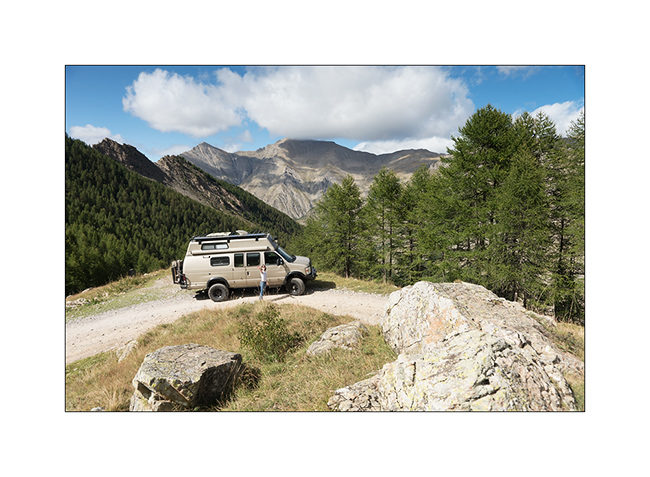
2. The trail rises on mountain pastures…
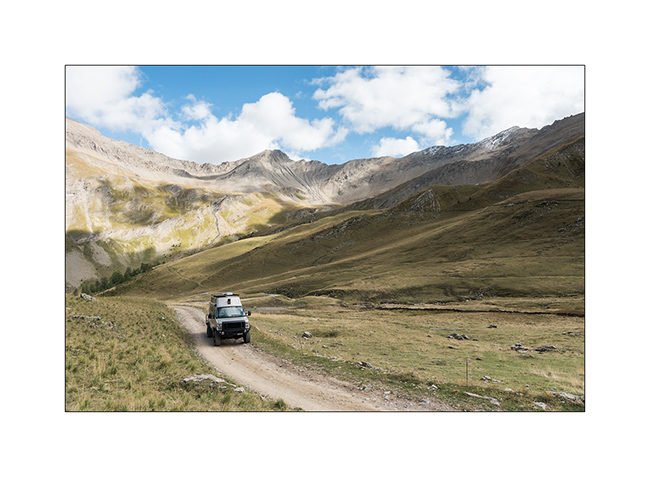
3. … already deserted by herds.
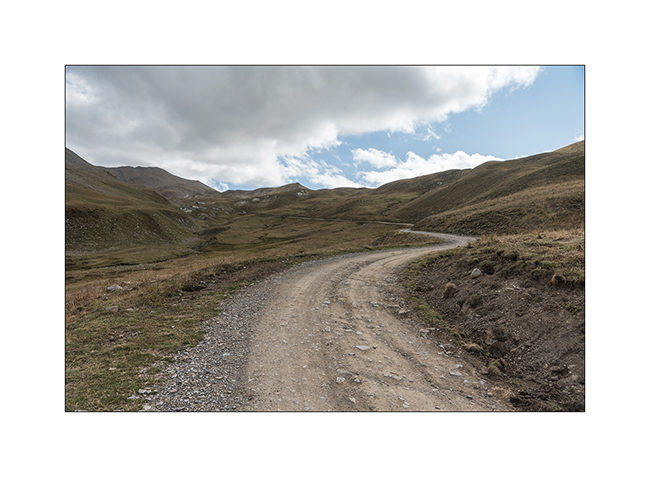
4. What a pleasure to find this uncrowded mountain again!
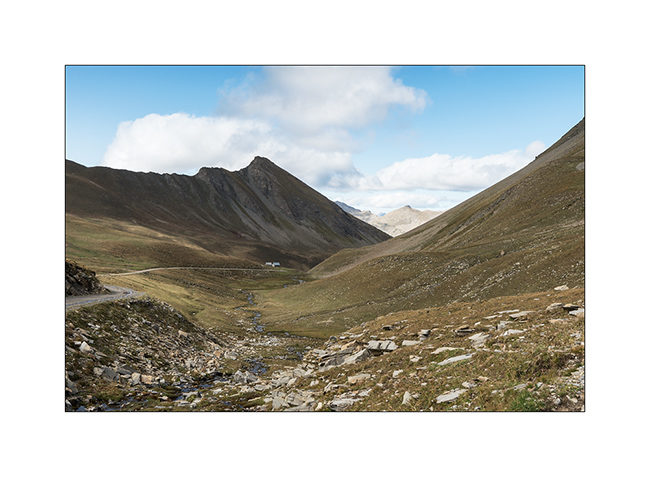
5. Near the pass, the panorama is gorgeous.
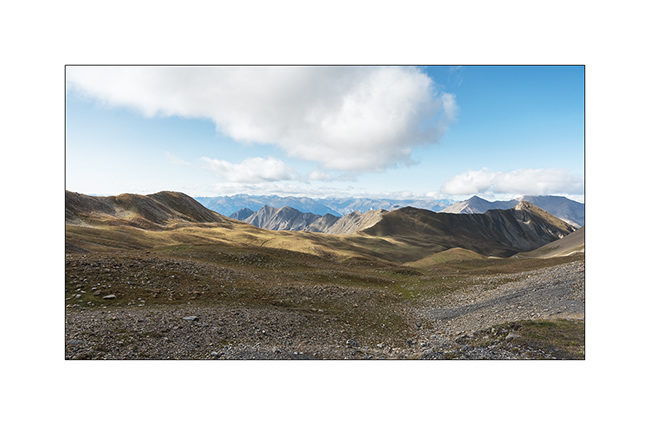
6. And here is the tunnel that passes under the proper pass, at 8.677 feet altitude.
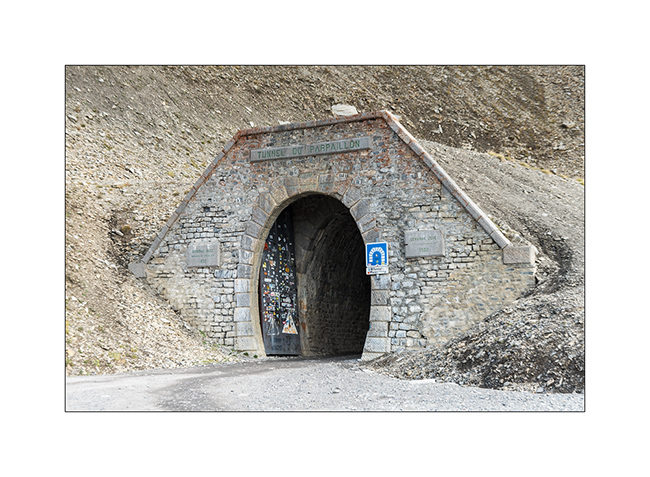
7. VLV stops before crossing it, it is time of the Emile’s lunch. 😉

8. This tunnel, finished in 1894, is 577 yards long! He secured a rear road to supply the fortress of Tournoux, in Haute Ubaye.
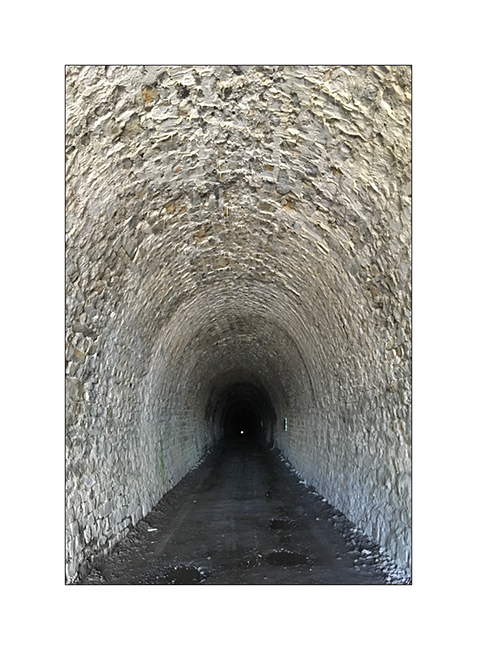
9. on the other side, the view is also magnificent.
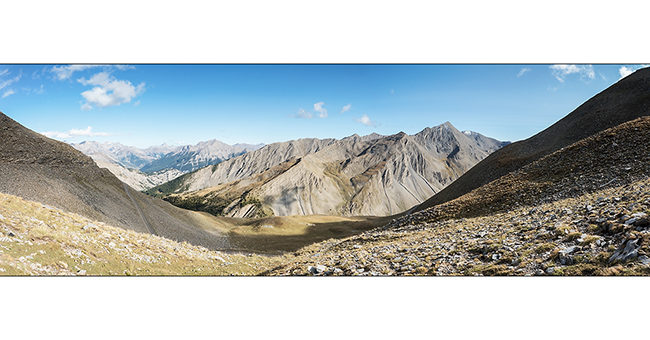
10. Narrow passage.
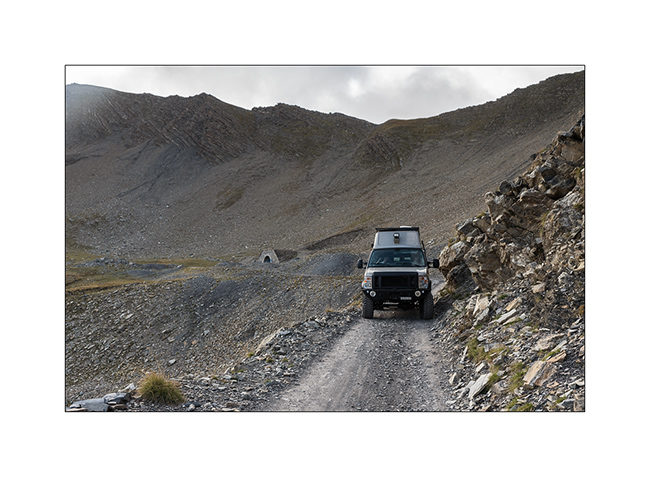
11. Even if it doesn’t look like, the descent is steep by location.
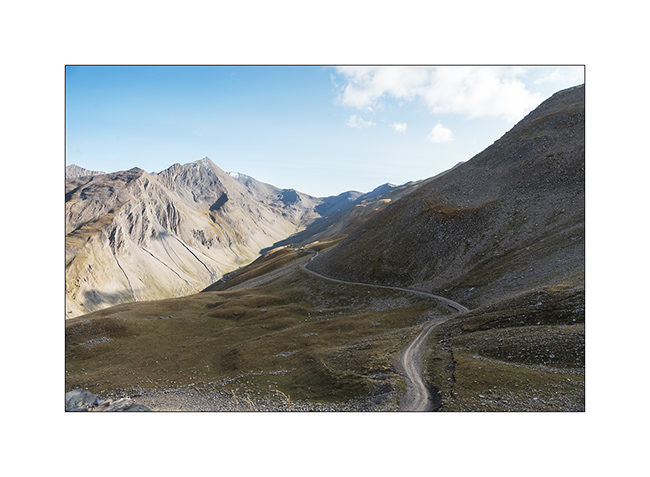
12. But nothing to “impress” VLV.
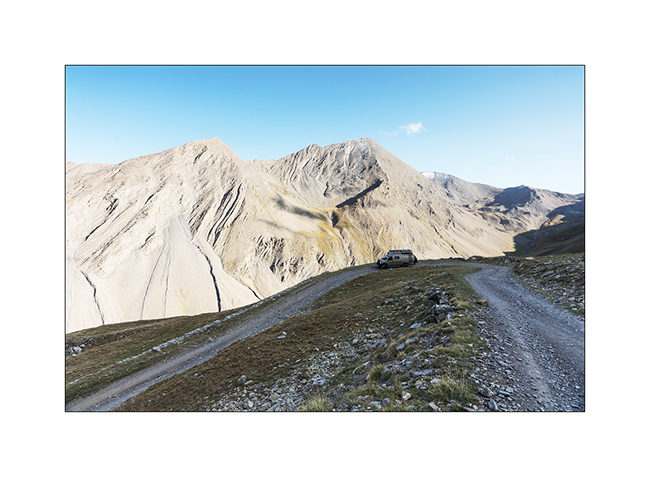
13. Light effects…
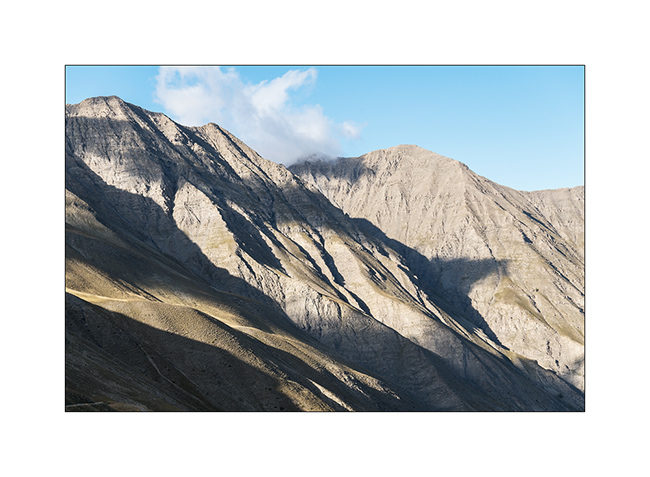
14. Close, the Italien Alps.
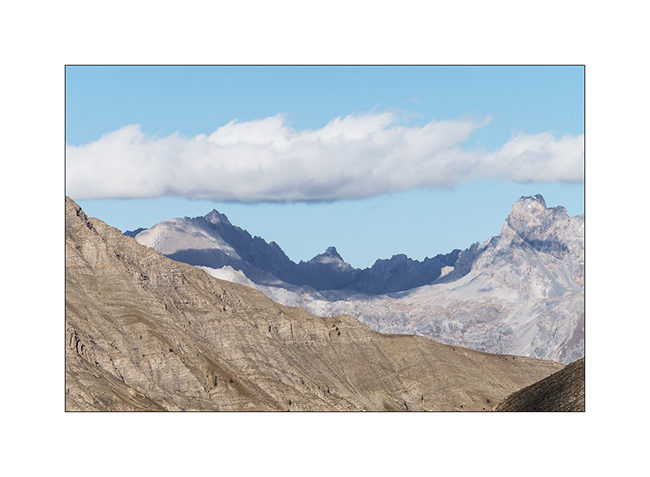
15. We camped in the descent, near a small chapel, and the night as been cool…
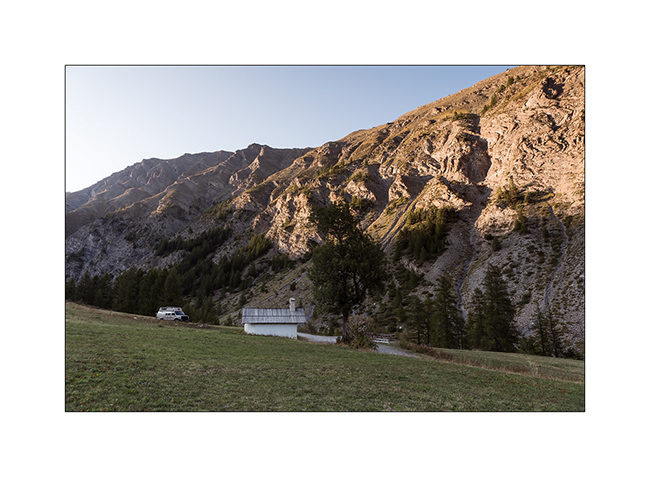
Continuation of the story of our trip in a few days…
VivaLaVida is hitting the road again!
Here I am in Salt Lake City after 26 hours of travel.
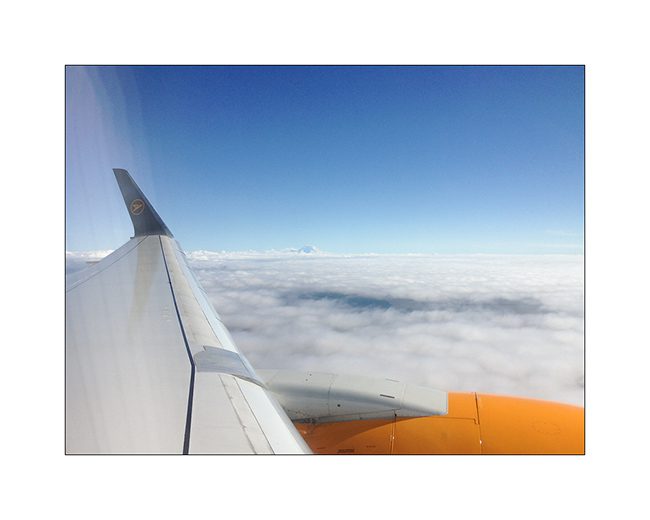
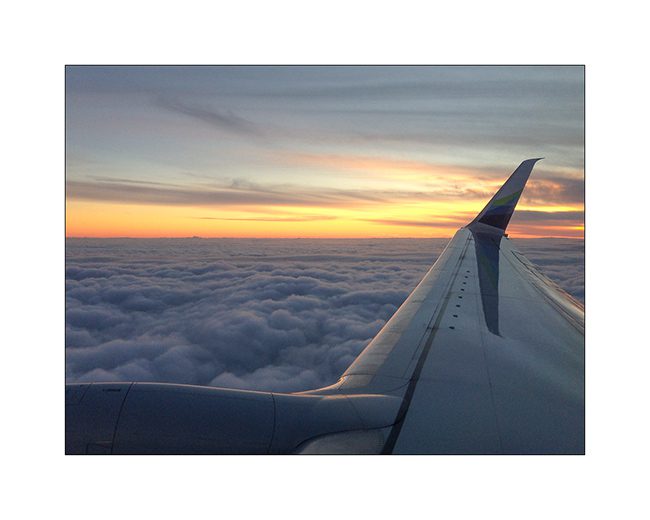

I’m gonna find VivaLaVida back in two hours, more than a year after leaving her in a storage. So excited!
Next to come soon about this reunion… 😉

 D5 Creation
D5 Creation